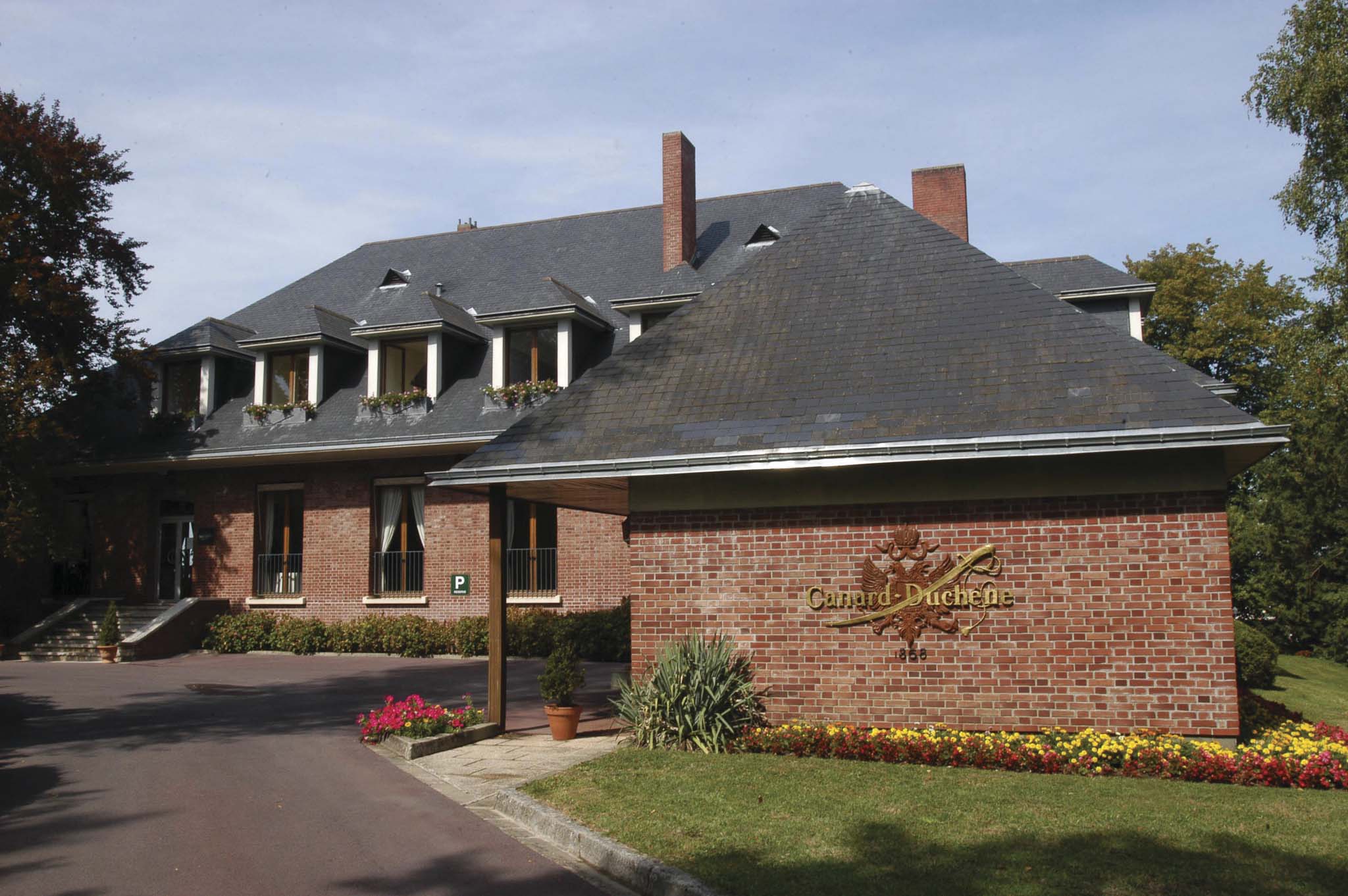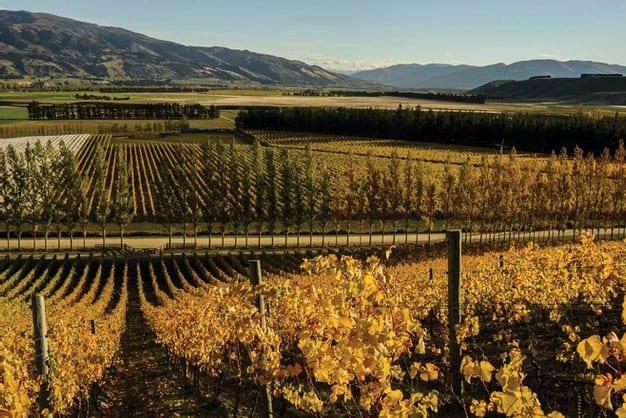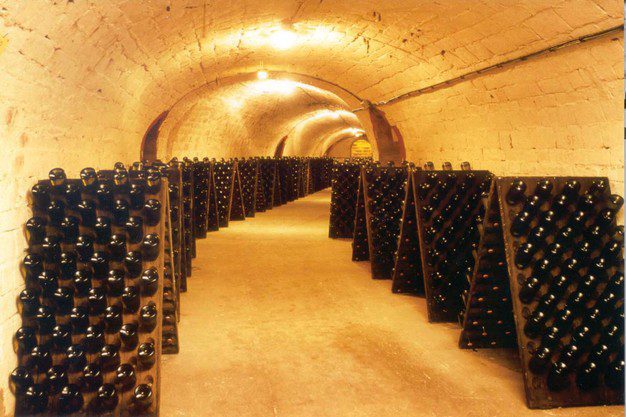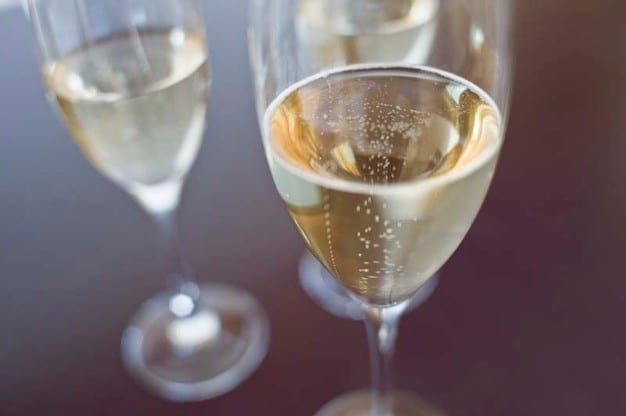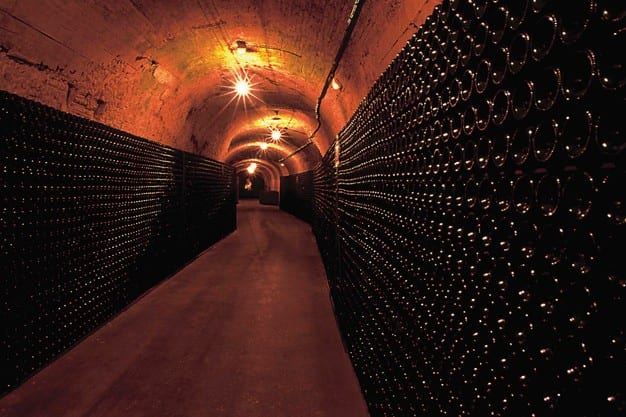GOURMET
POP A CORK FOR SPRING
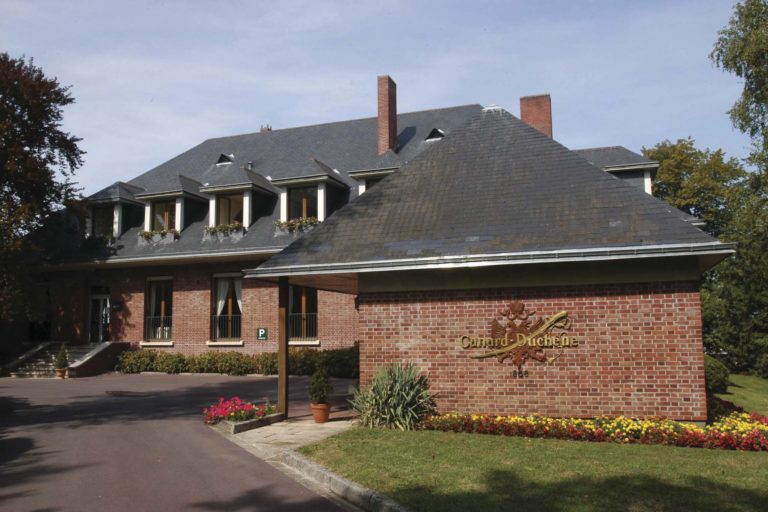
WORDS: PHOTOGRAPHY
What better way to welcome spring than with a glass or two of sparkling wine? As Christopher Tracey, winemaker Channing Daughters Winery in the Hamptons says, “Sparkling wine is like butter or bacon: It makes everything better. Couldn’t agree more!
What to drink in Spring
Sparkling wines provide the perfect kick-start to any occasion. As a nation we are serious consumers of sparkling wine with over 85 million bottles sold in Australia as sited by Tyson Stelzer’s Australian Sparkling Report. This equates to a sales value of approximately $550 million (figures for 2014-2015). In short, Australian’s are some of the thirstiest consumers in the world.
Is there are difference between Sparkling Wine and Champagne?
Champagne is a sparkling wine that comes from the area of Champagne in France. But let’s be clear, not all sparkling wine made in France is Champagne. The French make many sparkling wines from all over their great country using various grape varieties which is called Cremant. But I digress; legally Champagne is made from one or a combination of three permissible grape varieties. They are Chardonnay (white grape), Pinot Noir and Pinot Meunier (both red wine grape varieties) and are grown extensively in the Champagne region however there are four other varieties that can be used but are not common in the making of Champagne.
Sparkling on the other hand refers to any wine with bubbles, which may be sweet, dry, rose, red, or white in colour but unlike Champagne it can be made from virtually any grape variety like Colombard, Riesling, Chenin Blanc, Sauvignon Blanc, Shiraz etc. or a mixture of many varieties and varied methods of production. The different methods of production can either add or decrease to the cost of production and that is why one can find cheap sparkling wine and some not so cheap.
How is Sparkling Wine and Champagne Made?
Champagne is made using Methode Traditionelle and relies on fermented grape juice, followed by the addition of yeast and sugar to individual bottles to create the required bubbles over a period of many months usually 15 months for non-vintage and 3 years for vintage wine. This method produces wine that is complex and layered with loads of toasty developed characters.
Once the allotted time is reached the dead yeast cells are removed and the bottle is topped up with more wine and a mixture of sugar liquor (called dosage) the bottle is resealed. A time consuming and expensive process, but all class to be sure.
A second way of making sparkling wine is called the Transfer Method. This method involves fermenting the wine, adding yeast and sugar to create the bubbles like above and after a period of time usually 6 months or more transferring the wine to a pressurized stainless steel tank. The wine is bottled under pressure and sealed.
A third way is the Charmat Method. This is where both primary and secondary fermentation is created in a pressurized tank. Sparkling wine is created very quickly and cheap. Wines ensuring are bright, simple and fresh. Most Prosecco and Moscato under-go this process.
Another method which pre-dates Champagne receiving much attention in recent years is pétillant-naturale or pét-nat as it is affectionately known amongst the cool cats.
Here, wine is bottled prior to fermentation where the fizz is created by the natural sugars left in the ferment. The wine is crown sealed with no filtering or fining or added dosage thus making the wine cloudy and as natural as you can get.
What to drink
Nick Stock raises a valid point, “it’s the rise of the smaller growers and makers of Champagne and sparkling wine that are making a mark on the Australian Scene”. Likewise, it’s the lesser-known producers that maintain my interest.
For example, Champagne House Canard-Duchene which was established in 1868 is a cracker. The house received the Trophy for the Best Sparkling Winery in 2012 and bears the Russian Imperial Family’s coat of arms on all their labels. I love the Parcelle 181 Extra Brut which is a stunning, pure aperitif style and is organically certified. This Champagne has 6 grams of dosage and is made of predominately Chardonnay with 36% Pinot Meunier and 21% Pinot Noir.
Look out for Canaletto Prosecco DOC. The grapes are grown Valdobbiadene, next to the beautiful hill-top town of Conegliano in the Veneto region of northern Italy. The wine has aromas of green apples and grapefruits and the palate is full bodied with pleasant crisp acidity.
Looking for an Australian Sparkling wine, well try Tasmania’s Frogmore Creek Methode Traditionelle Cuvee 2010. Tyson Stelzer has awarded the wine Winner – Best Sparkling Wine in Australia under $50 dollars for two years now. Eighty-eight percent Pinot Noir, the wine is rich and complex with a firm back-bone of acidity.
My pick of the Kiwi’s is Quartz Reef and is made by Rudi Bauer (voted twice Wine Maker of the Year and finalist in the Oscars of wine awards the Feinschmeckers). Quartz Reef Methode Traditionelle Non-Vintage is made from both Chardonnay and Pinot Noir and spends about 24 months on lees. His wines receive great reviews from Michael Cooper NZ’s answer to James Halliday.
Finally, a Pét-nat to die for from the award-winning Yangarra of McLaren Vale. A five star rated winery that is certified organic and vegan friendly. Made from a combination of red Rhone grape varieties, the wine has some lovely notes of musk and raspberry with cleansing acidity.
These wines are available at Ferry Road Wine and Beer and many other TB Wine and Beer Shops, Hope Island Cellarbrations, Star Liquor Hope Island and some cool restaurants like Cocotte Dining, Seascape, House of Brews, Allure on Currumbin, and Glenelg Public House.
Enjoy and happy but safe drinking.
About the author
Peter Panousis works for Mezzanine Wine. Raised on the Gold Coast Peter has operated many restaurants and cafes. Formally educated with a degree in hospitality Peter eventually owned two award winning restaurants. Peter is WSET trained and has undertaken extensive wine education. He is also a Member of ASVO (The Australian Society of Viticulture and Oenology) and an Associate Fellow with AIM (Australian Institute of Management). You can catch me on Facebook and on Twitter & Instagram @peterpanwine.


